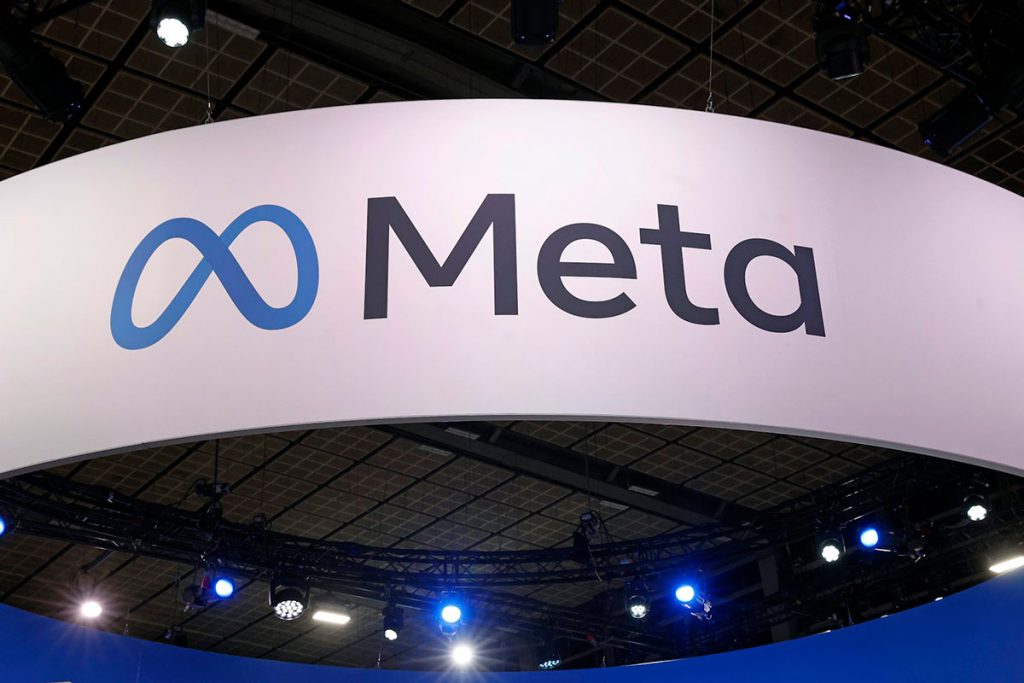Meta’s Shift in Content Moderation: From Fact-Checkers to Community Comments
In a significant policy shift, Meta, the parent company of Facebook and Instagram, has moved away from relying on centralized fact-checking teams to moderate content. Instead, the social media giant is embracing a community-driven approach, empowering users to identify and flag potentially misleading information. This move has sparked widespread debate, raising questions about the efficacy of both the old and new strategies in combating the proliferation of misinformation online.
Meta’s earlier content moderation policy involved partnerships with established fact-checking organizations. These third-party entities played a crucial role in identifying and flagging problematic content, bringing it to the attention of Meta’s internal teams. While research suggests that fact-checking can mitigate the impact of misinformation, it is not a foolproof solution. The effectiveness of fact-checking hinges on public trust in the impartiality and credibility of the fact-checking organizations themselves.
The new approach, spearheaded by CEO Mark Zuckerberg, mirrors the "community notes" model implemented by X (formerly Twitter). This crowdsourced system allows users to annotate posts they believe to be misleading, providing additional context and perspectives for other users. However, studies on the effectiveness of such systems have yielded mixed results. A major study on X’s community notes feature found limited impact on reducing engagement with misleading tweets, suggesting that crowdsourced fact-checking might be too slow to curb the spread of misinformation during its initial viral phase. Furthermore, concerns have been raised about the potential for partisan bias within such systems, as demonstrated by research on X’s Community Notes.
While some platforms have found success with quality certifications and badges assigned by community members, such labels alone may not be sufficient to combat misinformation effectively. Research indicates that user-provided labels can be more effective when accompanied by comprehensive training for users on how to apply them appropriately. The success of crowdsourced initiatives, like Wikipedia, depends on robust community governance and consistent application of guidelines by individual contributors. Without these safeguards, such systems can be vulnerable to manipulation, where coordinated groups upvote engaging but unverified content.
This shift in content moderation strategy raises crucial questions about the role of social media platforms in ensuring a safe and trustworthy online environment. A vibrant online space, free from harmful content, can be likened to a public good. However, achieving this requires active participation and a sense of collective responsibility from users. The inherent tension between maximizing user engagement, a core objective of social media algorithms, and mitigating potential harms necessitates a delicate balancing act. Content moderation plays a vital role in protecting consumers from fraud, hate speech, and misinformation, and therefore impacts brand safety, particularly for businesses that rely on platforms like Meta for advertising and customer engagement.
Adding another layer of complexity to the content moderation challenge is the explosion of AI-generated content. The rapid advancement of generative AI tools has blurred the lines between human-created and AI-generated content, making it increasingly difficult to distinguish between the two. AI detection tools are still in their nascent stages and often unreliable. OpenAI’s short-lived AI classifier, launched in January 2023 and discontinued just six months later due to low accuracy, exemplifies the challenges in this domain.
The proliferation of AI-generated content raises the specter of inauthentic accounts (bots) exploiting algorithmic vulnerabilities and human biases to spread misinformation and manipulate public opinion for financial or political gain. Generative AI tools can be used to create realistic social media profiles and generate engaging content at scale, potentially amplifying existing biases related to race, gender, and other sensitive attributes. Meta itself has faced criticism for its own experiments with AI-generated profiles, highlighting the potential pitfalls of this technology.
It is crucial to acknowledge that content moderation alone, regardless of the approach employed, is insufficient to eradicate belief in or the spread of misinformation. Research emphasizes the importance of a multi-pronged strategy, combining different fact-checking methods with platform audits, and collaborations with researchers and citizen activists to cultivate safer and more trustworthy online communities. The ongoing evolution of content moderation practices highlights the dynamic nature of the digital landscape and the need for continued vigilance in addressing the multifaceted challenges posed by misinformation online. Meta’s shift to a community-driven approach represents a significant experiment in this ongoing effort, and its long-term effectiveness remains to be seen.


